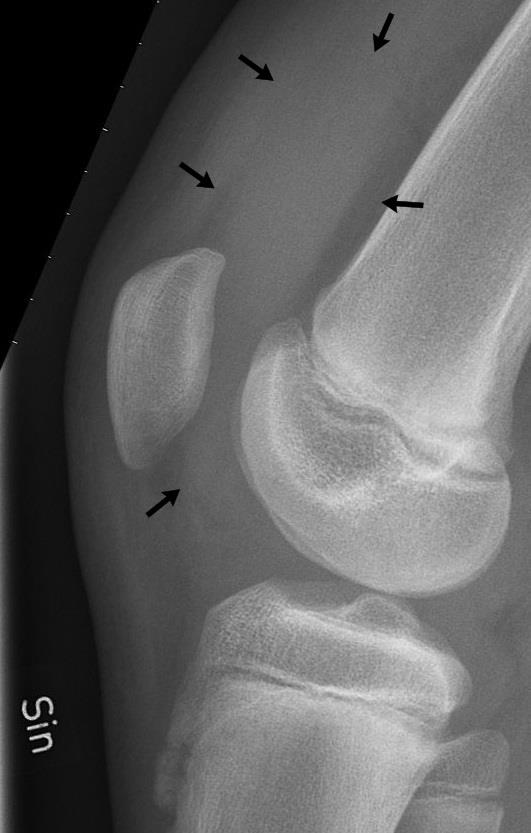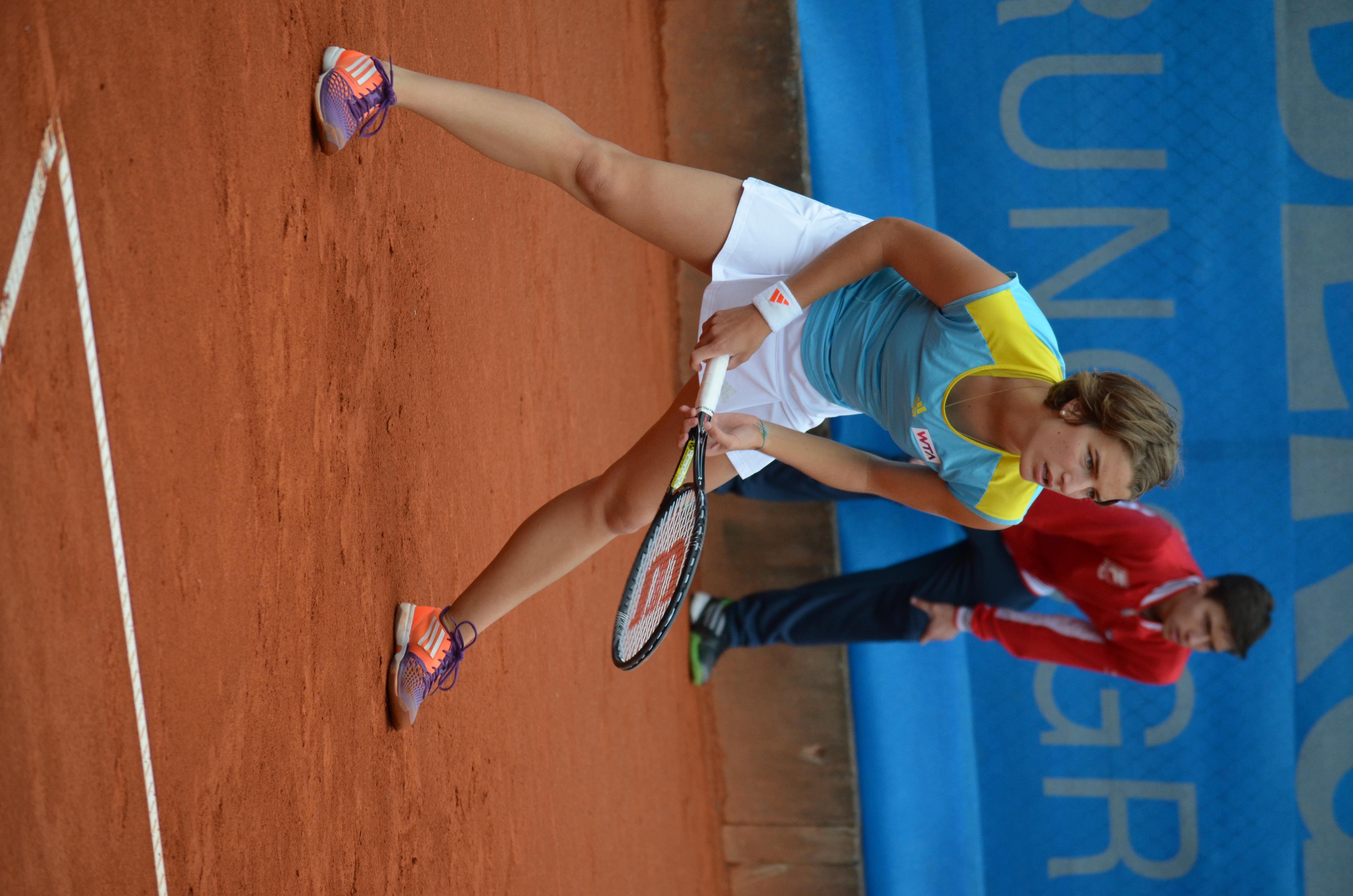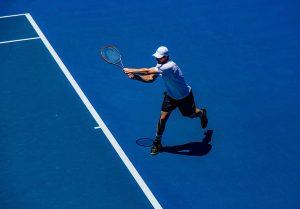We may earn money or products from the companies mentioned in this post.
Brief overview of tennis knee

When it comes to sports-related injuries, tennis knee is a commonly known term But what exactly is it? Contrary to popular belief, tennis knee doesn’t exclusively affect tennis players It is a condition characterized by pain and inflammation in the front of the knee, medically known as patellar tendonitis or jumper’s knee
One common misconception about tennis knee is that it only occurs due to playing tennis While repetitive jumping and quick lateral movements involved in tennis can contribute to the development of this condition, it can also be caused by other activities such as running, basketball, or even certain occupations that require excessive kneeling or squatting
The prevalence of tennis knee among tennis players is indeed higher compared to the general population The constant stress placed on the patellar tendon during intense gameplay increases the risk of developing this condition However, it’s important to note that anyone engaging in activities involving repeated stress on the patellar tendon can be susceptible to developing tennis knee
Importance of understanding tennis knee

1 Prevention and early detection
Understanding the causes and risk factors associated with tennis knee is crucial for prevention and early detection By recognizing the symptoms early on, individuals can take necessary precautions and make adjustments in their training routines or work habits to minimize further damage
Prevention techniques such as proper warm-up exercises, maintaining strength and flexibility in surrounding muscles, using appropriate footwear with good shock absorption, and avoiding sudden increases in training intensity can significantly reduce the likelihood of developing this painful condition
2 Treatment options
Tennis knee should not be ignored or dismissed as a minor inconvenience Without proper treatment, it can worsen over time and lead to chronic pain or even long-term disability That’s why understanding the available treatment options is vital for managing this condition effectively
Treatment approaches for tennis knee may include a combination of rest, ice therapy, physical therapy exercises to strengthen the surrounding muscles, and the use of non-steroidal anti-inflammatory drugs (NSAIDs) to alleviate pain and reduce inflammation In severe cases, more invasive interventions like corticosteroid injections or surgery may be recommended
Overall, gaining knowledge about tennis knee empowers individuals to make informed decisions about their physical activities and seek appropriate medical assistance when needed By taking preventive measures and seeking early treatment, individuals can minimize the impact of tennis knee on their overall well-being and continue enjoying an active lifestyle
Causes and Risk Factors of Tennis Knee

When it comes to tennis knee, understanding the underlying causes and risk factors is crucial for both prevention and treatment By examining the biomechanics of the knee joint during tennis play, as well as common causes and associated risk factors, we can gain valuable insights into this prevalent condition
Biomechanics of the Knee Joint During Tennis Play
The knee joint undergoes significant stress and forces during repetitive movements in tennis The quick lateral movements, sudden stops, and pivoting motions all place immense pressure on this complex joint As players engage in a match or practice session, their knees bear the brunt of these forces
Common Causes of Tennis Knee
Tennis knee can be attributed to various factors, with overuse and improper technique being primary culprits
- Inadequate warm-up or cool-down routines: Neglecting proper warm-up exercises can leave your muscles unprepared for the demands of tennis Similarly, skipping cool-down routines can impede muscle recovery and increase the risk of injury
- Poor footwork or incorrect body positioning: Improper footwork techniques or incorrect body positioning while executing strokes can put excessive strain on the knee joint This includes not maintaining a balanced stance or failing to distribute weight evenly during movements
Muscle imbalances or weakness also play a significant role in developing tennis knee
- Quadriceps, hamstrings, and calf muscles: Weakness or imbalances in these muscle groups can disrupt proper alignment and stability in the knee joint Strengthening these areas through targeted exercises is essential for preventing injuries
- The role of hip stability in preventing tennis knee: Hip stability is closely linked to knee health When the hip muscles are weak or imbalanced, they can negatively impact the alignment and function of the knee joint Strengthening the hips can offer added protection against tennis knee
Risk Factors for Developing Tennis Knee
Several risk factors increase an individual’s susceptibility to developing tennis knee
- Age, gender, and genetic predisposition: Age-related changes in cartilage and ligaments, as well as hormonal factors, can make certain individuals more prone to knee injuries Additionally, genetic factors may contribute to a heightened risk for developing conditions like tennis knee
- Playing surface, footwear, and equipment choices: The type of playing surface can impact the forces exerted on the knees during play Hard courts, for example, place more stress on the joints compared to clay or grass courts Improper footwear or using worn-out equipment further increases the likelihood of sustaining a knee injury
By understanding these causes and risk factors associated with tennis knee, athletes can take proactive steps to minimize their chances of experiencing this debilitating condition
When it comes to diagnosing and identifying Tennis Knee, there are several key signs and symptoms to look out for One of the most common indicators is pain in the knees, which can be felt in the front, back, or sides of the joint This pain is often accompanied by swelling and inflammation around the affected area, making it tender to the touch Additionally, individuals with Tennis Knee may experience a reduced range-of-motion in their knees, making it difficult to perform certain movements Another telltale sign is a feeling of instability while walking or playing sports
In order to accurately diagnose Tennis Knee, healthcare professionals employ various diagnostic tools and tests One of the first steps is a physical examination conducted by a medical expert During this examination, they will palpate the affected area and test for pain response, helping them pinpoint the source of discomfort In addition to physical examinations, imaging techniques such as X-rays, MRI scans, and ultrasounds can also be utilized These imaging methods are effective in identifying any potential bone fractures or soft tissue damage that may be contributing to the symptoms Lastly, functional tests are utilized to assess any strength or flexibility imbalances that could be exacerbating Tennis Knee
By utilizing these diagnostic tools and tests, healthcare professionals can accurately diagnose Tennis Knee and develop an appropriate treatment plan tailored to each individual’s needs Whether it’s through physical examinations or advanced imaging techniques, having an accurate understanding of the condition allows for targeted interventions that promote healing and recovery
Remember that early diagnosis is crucial when it comes to managing Tennis Knee effectively If you’re experiencing any of these symptoms or suspect you may have this condition, it’s important to consult with a healthcare professional who can provide proper evaluation and guidance towards your path to recovery
Prevention & Treatment Options for Tennis Knee

Tennis knee, also known as patellar tendinitis or jumper’s knee, can be a frustrating and painful condition for athletes However, there are several preventative measures that can help reduce the risk of developing this injury
Preventative Measures
1 Regular Strength Training Program: Including exercises that target the relevant muscle groups around the knee, such as quadriceps and hamstrings, can help improve their strength and stability This can provide better support to the knee joint during physical activity
2 Dynamic Stretching Routine: Prior to playing tennis or engaging in any strenuous activity, it is crucial to perform a dynamic stretching routine This helps warm up the muscles and joints, increasing their flexibility and reducing the risk of injuries like tennis knee
3 Proper Footwear: Investing in shock-absorbing shoes with good cushioning can significantly reduce stress on the knees while playing tennis These shoes absorb impact forces and provide better support to the lower limbs, decreasing the likelihood of developing knee-related issues
4 Avoid Overtraining on Hard Surfaces: Playing on hard surfaces for extended periods can put excessive strain on your knees It is important to vary your training regimen and avoid overtraining on unforgiving surfaces like concrete or asphalt Mixing in softer court surfaces or using protective padding can help minimize stress on your knees
Treatment Options for Tennis Knee
If you do experience symptoms of tennis knee, there are various treatment options available to alleviate pain and promote healing:
-
RICE Method:
Resting the affected area, applying ice packs regularly, compressing it with bandages or braces, and keeping it elevated helps reduce inflammation and provides relief -
Non-Steroidal Anti-Inflammatory Drugs (NSAIDs):
Over-the-counter pain relievers like ibuprofen can help manage the pain and reduce inflammation in the knee -
Physical Therapy & Rehabilitation Programs:
Targeted exercises can address muscle imbalances, improve flexibility, and strengthen the knee This approach also focuses on correcting technique and re-training movement patterns to prevent further injury -
Surgical Intervention:
In severe cases where conservative treatments fail, surgical options may be considered Arthroscopic procedures can remove damaged tissue or repair small tears, while ligament reconstruction or repair might be necessary for more extensive injuries
By implementing preventative measures and seeking appropriate treatment when needed, individuals with tennis knee can effectively manage their condition and return to the sport they love with reduced pain and improved functionality
Useful Links

What Is Tennis Knee?
Three Signs It Is Time to Have Your Knee Examined
Knee Pain From Tennis
Tennis knee injury treatment – A Prolotherapy success story
Tennis Knee Workout
Best Tennis Shoes For Knee Pain
Tennis elbow, swimmer’s shoulder, and runner’s knee
Reduce Knee Pain & Injuries In Tennis [Knee Warm Up]
Doctor’s Tips for Tennis Players: Knee Health
How Playing Tennis Causes Knee Pain?
Jumper’s Knee Affects Tennis Players
The Best Exercises For Knee Pain In Tennis Players
Nick Kyrgios pulls out of Australian Open with knee injury
Tennis injuries
Tennis Player with Knee Arthritis
Common Tennis Injuries Affecting Your Favorite Stars
Playing Tennis After a Knee or Hip Replacement
How Racket Sports Like Tennis Can Accelerate Knee …
Knee – Sports Supports for Tennis
Roger Federer’s Knee Injury Shows How Close Tennis Is to …






